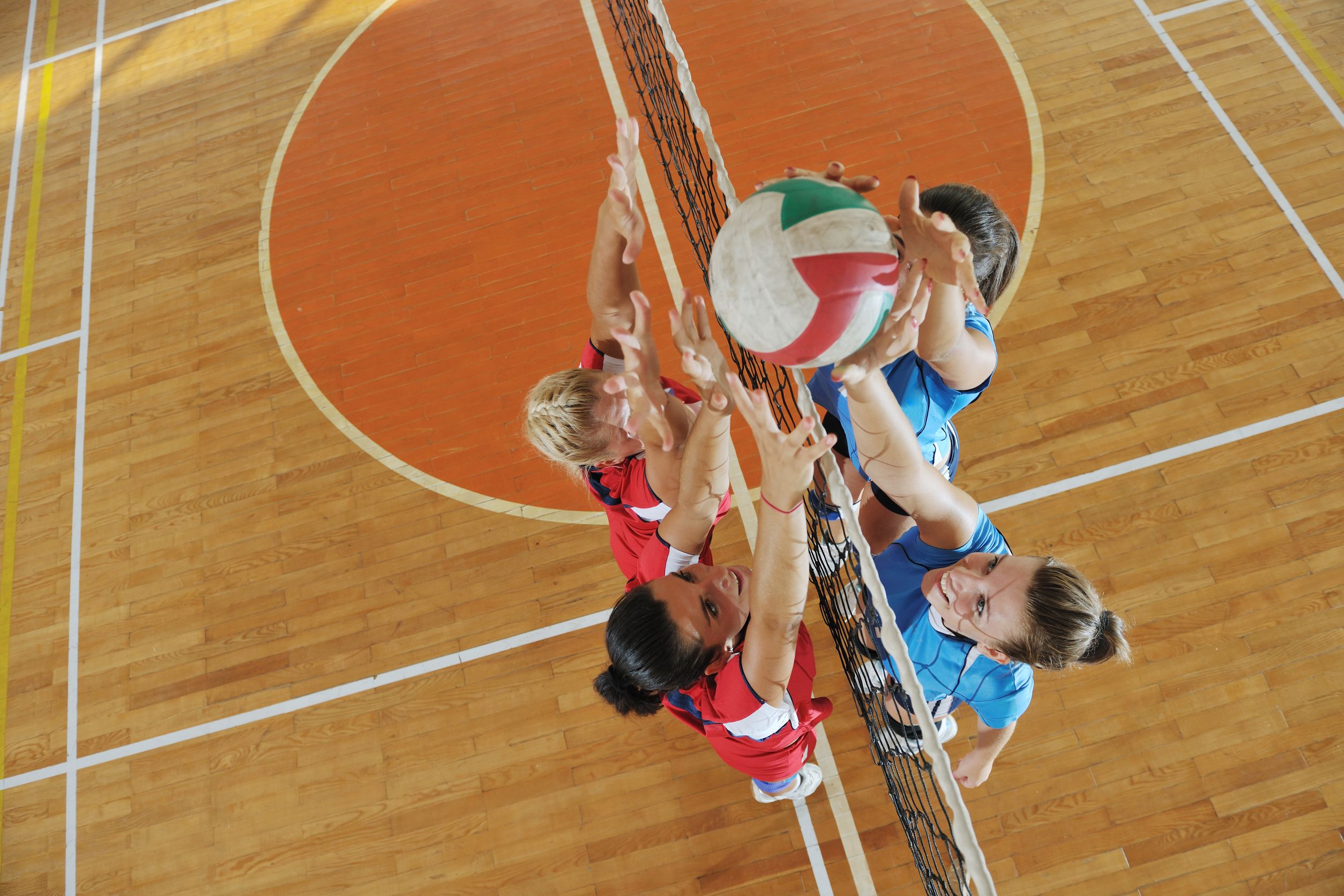Injuries related to sporting events and competitions are very common. These can include injuries to the hands, arms, elbows, shoulders, back, hips, knees, and ankles. Virtually, any joint can be stressed during athletic competition, and even individual sport such as running or swimming have their fair share of stress injuries.
In the not too distant past, it was very common for injuries related to sports to be treated very lightly by athletes, coaches, and program directors. Today, however, more emphasis is placed on not just the short term recovery, but on the long term health and well-being of the individual.
Through the use of physical therapy after sports related injuries, athletes of any level –from weekend warriors to professionals– can help injuries to heal, strengthen, and become more resistant to repeated injuries in the future.
The One-On-One Support
Physical therapists are able to provide immediate feedback to athletes about their level of recovery. Often, this is important, as most athletes at any level would rather compete than not compete given the option.
The one-on-one support provided through a physical therapist not only addresses the physical issues of the sports injury recovery, but it also helps to educate the individual. Through understanding the importance of allowing the body to heal and strengthen, the athlete is less likely to return to the activity before healing is complete. He or she may also be able to develop more effective movements to limit the likelihood of repeated similar injuries.
Factors to Consider
Besides the one-on-one education and support the physical therapist provides, there are additional benefits to this type of program during sports injury recovery.
These benefits include:
* Reduced recovery time through selected strengthening and range of motion exercises.
* Decreased risk or spasms, pain, and muscle stiffness during the recovery process.
* Decreased risk of muscle atrophy, which can occur when muscles are not exercised on a regular basis.
* Increased circulation to the injured part of the body. This will provide additional blood flow and lymphatic drainage to stimulate and speed up healing.
* Strengthening of all the muscles in the joint or affected area, which may have contributed to the injury.
By using physical therapy as part of the recovery process after a sports injury, all the benefits of the treatment can be maximized. Athletes completing the full therapy regime are less likely to have a re-injury and are more likely to learn better movement to prevent injuries in the future.
Offering a full range of physical therapy for all sports injuries, Suburban Orthopaedics provides top recovery treatment plans. To see more, go to www.suburbanortho.com.

